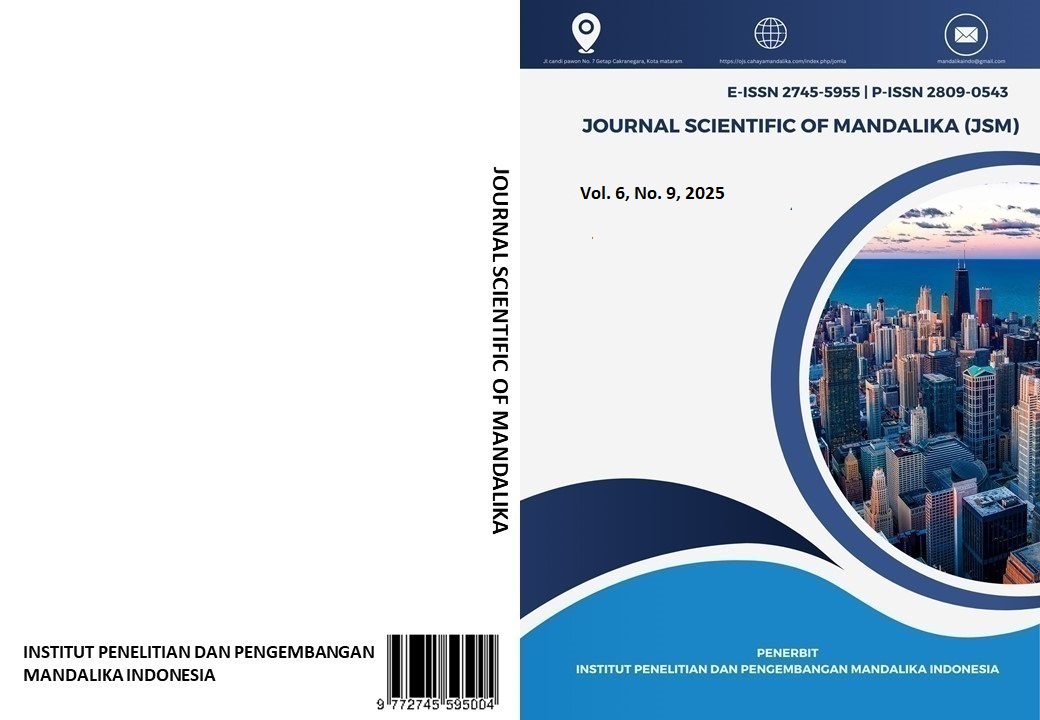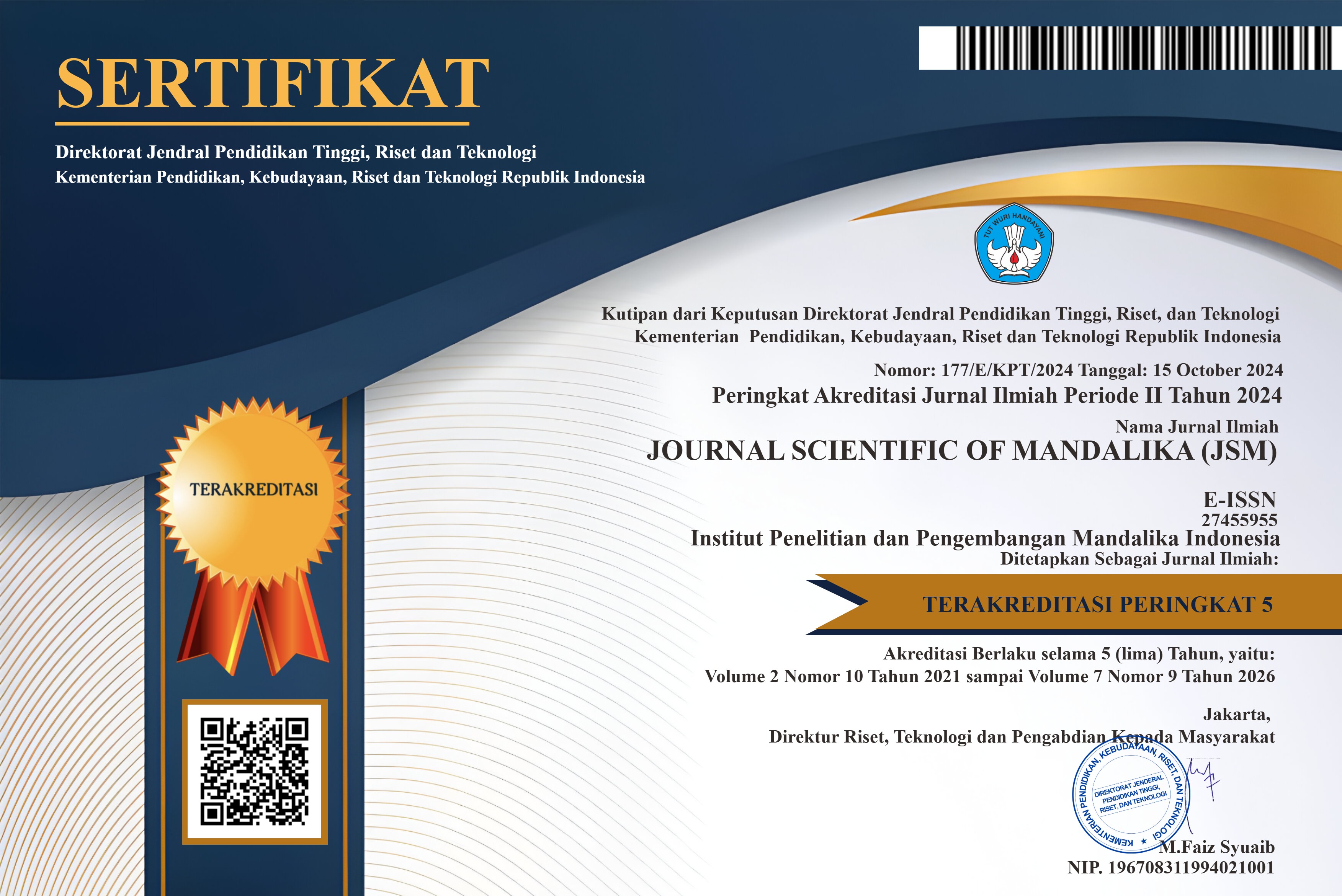Analisis Ergonomi Desain Mobil Listrik 2KW Bharata Menggunakan Metode Rapid Upper Limb Assesment (RULA)
Abstract
The development of electric vehicles today is not only focused on energy efficiency, but also on user comfort and safety. The 2kW BHARATA electric car, as one of the innovations of light electric vehicles, is designed to meet the needs of environmentally friendly mobility. However, ergonomic design is an important factor in preventing musculoskeletal disorders (MSDs) that are often experienced by vehicle users. This study aims to evaluate the ergonomic aspects of the driver's cabin design of the 2KW BHARATA electric car using the Rapid Upper Limb Assessment (RULA) method. The main problems in this study include: (1) how to apply the RULA method in analyzing the risk of discomfort or potential injury due to the driver's work posture, and (2) how the effect of variations in the angle and length of the driver's body posture on the level of comfort and risk of injury in the vehicle cabin. The research method used is a descriptive quantitative approach. The cabin design process was carried out using SolidWorks 2017 software, while the ergonomic analysis was carried out through simulation on CATIA V5 software. The simulation subjects were individuals with a height of 170 cm. The data obtained were analyzed to determine the ergonomic risk score based on the indicators in the RULA method. The results of the analysis show that the final RULA score is 4, which is included in the moderate risk category. This score indicates that the driver's working posture still needs adjustment to reduce the potential for musculoskeletal system disorders (MSDs), although it is not yet in the high-risk category. The conclusion of this study shows that the cabin design has met most of the ergonomic principles, but improvements are still needed to improve driver comfort and safety. Further researchers are advised to conduct a more comprehensive ergonomic analysis by considering anthropometric data from various user body sizes so that the vehicle design can be used optimally by users with various body postures.
References
Anshor, A. H., & Rahardjo, S. B. (2023). Analisis Resiko Transformasi Mobil Berbahan Minyak ke Mobil Listrik Dengan Decision Tree. Bulletin of Information Technology (BIT), 4(4), 414–418. https://doi.org/10.47065/bit.v4i4.924
Ardiyanti, D., Kurniawan, F., Raokter, U., & Wikansari, R. (2023). Analisis Penjualan Mobil Listrik Di Indonesia Dalam Rentang Waktu 2020-2023. ECOMA: Journal of Economics and Management, 1(3), 114–122. https://doi.org/10.55681/ecoma.v1i3.26
Aziz, M., Marcellino, Y., Rizki, I. A., Ikhwanuddin, S. A., & Simatupang, J. W. (2020). STAziz, M., Marcellino, Y., Agnita Rizki, I., Anwar Ikhwanuddin, S., & Welman Simatupang, J. (n.d.). STUDI ANALISIS PERKEMBANGAN TEKNOLOGI DAN DUKUNGAN PEMERINTAH INDONESIA TERKAIT MOBIL LISTRIK (Vol. 22).UDI ANALISIS PERKEMBANGAN TEKNOLOGI DAN DUKUNGAN P. TESLA: Jurnal Teknik Elektro, 22(1), 45.
Efendi, A. (2020). Perancangan dan Analisis Perhitungan Rangka Mesin Mobil Listrik Sula Politeknik Negeri Subang. Jurnal Rekayasa Mesin, 15(2), 107. https://doi.org/10.32497/jrm.v15i2.1843
El Fariz, H., Kardiman, & Sena, B. (2023). Analisis Knuckle Arm Mobil Listrik Anobrain AR-1 Dengan Menggunakan Metode Finite Element. Jurnal Serambi Engineering, 9(1). https://doi.org/10.32672/jse.v9i1.787
Fajar Santosa, M., Hairul Bahri, M., & Zainur Ridlo, M. (2024). xx-xx Analisis Desain Kabin Driver pada Mobil Listrik 2kW Menggunakan Metode Rapid Upper Limb Assessment (RULA). National Multidisciplinary Sciences UMJember Proceeding Series, 3(1), 246–253.
Ghosin, N., & Shofiyah, R. (2024). LOADING ANALYSIS ON THE FRONT WHEEL SHAFT OF A 2 KW ELECTRIC CAR USING THE FINITE ELEMENT METHOD WITH CATIA V5R20 SOFTWARE. 1(1), 17–28.
Hendrawan, A., Hendrawan, A. K., Budiarti, P., & Rayendra, A. (2024). Ergonomi Kemudi Kapal dengan Pendekatan Antropometri. 8(2).
Khoirunnisa. (2022). Analisis Postur Kerja Menggunakan Metode Rapid Upper Limb Assessment Pada Perusahaan X. Fti, X(X). https://eproceeding.itenas.ac.id/index.php/fti/article/view/1002
Liliana, Widagdo, S., & Abtokhi, A. (2007). Pertimbangan Antropometri pada Pendisainan. Seminar Nasional Iii Sdm Teknologi Nuklir, November, 183–190.
Mulyadi, R., Artika, K. D., & Khalil, M. (2019). Perancangan Sistem Kelistrikan Perangkat Elektronik Pada Mobil Listrik. Elemen : Jurnal Teknik Mesin, 6(1), 07. https://doi.org/10.34128/je.v6i1.85
Nabila, N., Balqis, F. N., Siregar, M. A. G., Siddiq, M. A., Alfino, T., Br.Purba, N. M., Zahara, M., & Aidha, Z. (2024). Analisis Kesesuaian Postur Kerja Pada Pekerja Bengkel. Jurnal Pengabdian Masyarakat Multidisiplin, 2(2), 217–223.
Pattiasina, N. H., Markus, P., & Pattiselanno, S. R. R. (2022). Kajian Antropometri Pengrajin Tenun Ikat Khas Maluku. Jurnal Simetrik, 11(2), 495–503. https://doi.org/10.31959/js.v11i2.849
Regina, D., & Ulmi, N. M. (2023). Tantangan Pengembangan Mobil Listrik Menuju Transportasi Berkelanjutan di Indonesia. Jurnal Penelitian Sekolah Tinggi Transportasi Darat, 14(1), 32–39. https://doi.org/10.55511/jpsttd.v14i1.605
Sanusi, & Paramida, R. (2021). Industri Kreatif. Manajemen INDUSTRI KREATIF, 5(1), 125. https://doi.org/10.36352/jr.v3i2
Wijaya, M. A., Siboro, B. A. H., & Purbasari, A. (2018). Pekerja Galangan Kapal Dan Mahasiswa Pekerja Elektronika the Comparative Analysis of Anthropometry Between Student of Shape Vessel Shipyard Workers and Students of Workers Electronic. Profisiensi, 4(2), 108–117.
Copyright (c) 2025 Akhdan Ibrahim, Mokh.Hairul Bahri, Rohimatush Shofiyah, Muhammad Zainur Ridlo, Nurhalim

This work is licensed under a Creative Commons Attribution-ShareAlike 4.0 International License.













